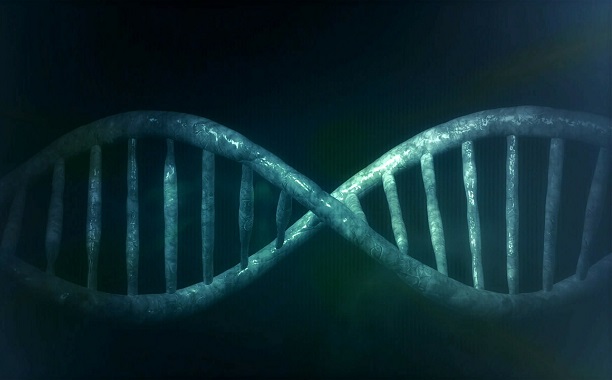The making of modern Europe began roughly 5,000 years ago with the mass migration of people from what is now southern Russia and Georgia, who introduced new technology, languages and dairy farming to the continent, researchers have found.
Two teams of scientists — one based at the University of Copenhagen and the other at Harvard University — presented their findings in the journal Nature, marking the publication of the largest ancient European DNA studies to date.
The studies findings indicate that today’s Europeans descend from three groups who moved into Europe at different stages in history.
The researchers behind the study examined DNA extracted from 170 skeletons, the origins of which ranged from Spain to Russia. Their research indicated that thousands of Bronze Age migrants from the Caucasus came to northern Europe in a major movement of prehistoric people during the third millennium B.C., iOL reported.
The migrants not only brought along new metal skills, but spoke what became the basis of almost every other European language — from Greek and Latin to German and English — and carried a genetic mutation which allowed adults to drink milk from cows.
This lactose-tolerance gene, which enables adults to digest the sugar in milk, is still most prevalent in northern Europeans, which illustrates the historic significance the role of dairy food played in the northern European diet, according to the researchers who compared the mass migration’s historical significance to the colonization of the Americas.
Geneticist Eske Willerslev, professor of evolutionary genetics at the University of Copenhagen, was quoted by the Daily Mail in a report as having said that the “study is the first real large-scale population genomic study ever undertaken on ancient individuals” and that it marks a “doubling of the number of genomic sequenced individuals of prehistoric man generated to date.”
Our study is the first real large-scale population genomic study ever undertaken on ancient individuals. We analyzed genome sequence data from 101 past individuals (…) This is more than a doubling of the number of genomic sequenced individuals of prehistoric man generated to date. The study is without any comparison to anything previously made
The first to arrive in Europe some 45,000 years ago were hunter-gatherers who were followed by farmers from the Near East who showed up some 8,000 years ago. Eventually, a group of nomadic sheepherders from western Russia called the Yamnaya arrived. The Yamnaya arrived some 4,500 years ago. The authors of the recently published studies also suggest that the Yamnaya language may have given rise to many of the languages spoken in Europe today, The NY Times reported.
Ron Pinhasi, an archaeologist at University College Dublin who was also not involved in either study, was quoted in the aforementioned New York Times report as having said that the new studies are “a major game-changer” which mark “a new phase in ancient DNA research.”
























